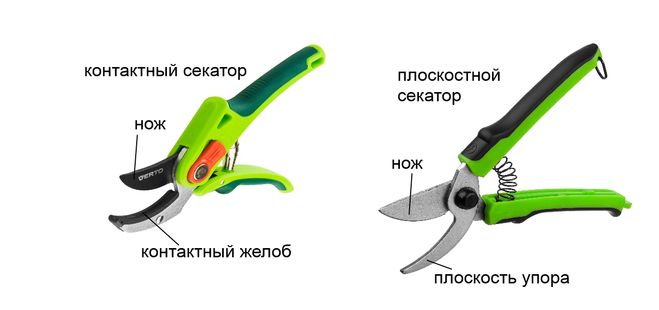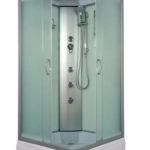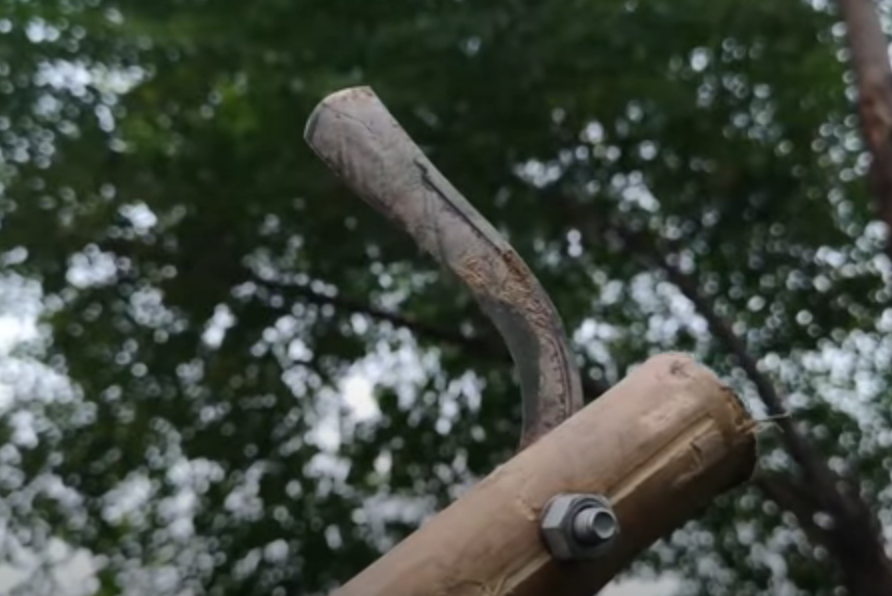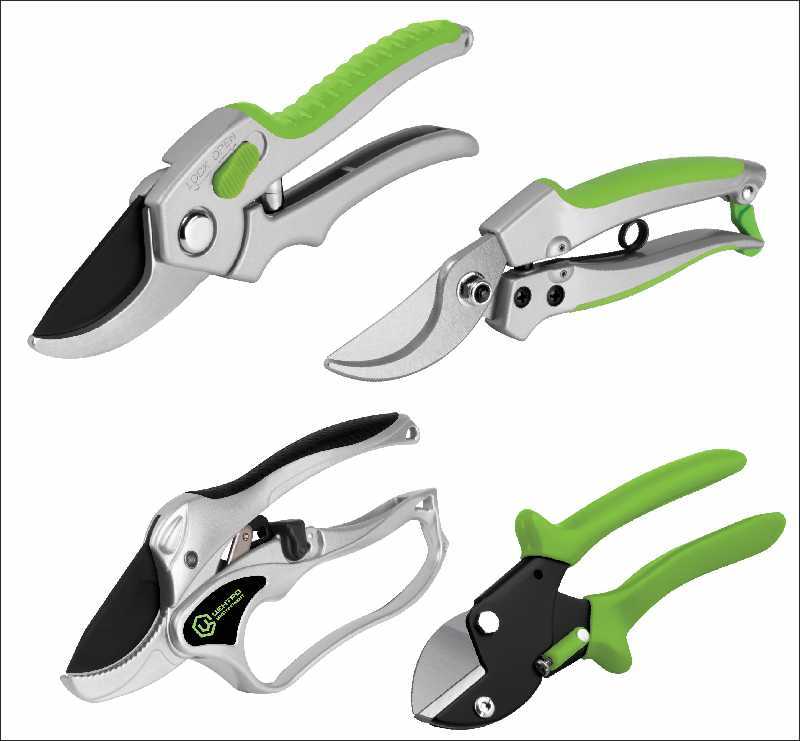Planar and contact pruners: what is the difference
You can’t do without pruning shears in your summer cottage, where you have to regularly monitor the condition of trees and shrubs. Every season they need preventive pruning and removal of diseased and damaged branches.
The content of the article
What is the difference between a flat pruner and a contact pruner?
These are the two main types of tools for pruning plants. They are similar in appearance, work like scissors, and have two crossed blades. And determining which one is better is extremely difficult, since each model helps to cope with certain tasks.
Experts advise having both types of pruners in your arsenal in order to conveniently and quickly resolve issues related to pruning plants in the garden.
What is a flat pruner?
It is a curved garden shears, one knife of which is very sharp, the second is a counter-blade, an unsharpened wide plate. When squeezed, the cutter rests on the flat part of the tool, strongly squeezing and cutting off the unnecessary edge of the branch.
The correct position when working with a flat pruner is to point the sharp blade towards the living stem.
Typically, the cutting elements are made of excellent quality stainless steel. There is anti-corrosion and anti-friction coating. Rubberized handles for ease of use. This model is available for sale in several sizes.The main purpose is to cut thin and thick branches, for example raspberry bushes, decorative flowers. Their thickness should not exceed 20–22 mm.

What are contact pruners?
The device follows the shape of curved scissors, but the counter-blade is located at a certain angle and has a recess, as if in an anvil. This allows the blade to further compress the stem and produce an even cut without damaging the plant bark.
Typically, contact pruners are used for cutting dry branches; their thickness ranges from 16 to 25 mm. Suitable for preventive treatment of fruit and ornamental trees, therapeutic improvement of vegetation on the site.
What is the difference?
The difference lies in the design features, as well as in the functionality of the device. The flat one literally grabs the branch and prevents it from slipping out when pruning, reducing the operator’s effort.
Contact involves the direct participation of both blades in cutting. They increase the amount of pressure on the branch and significantly facilitate the gardener’s work, helping to conserve strength.
Which to choose?
For small tasks, use any of the presented tools. It will be considered universal and will be able to trim the necessary shoots of plants without causing significant damage to the bark.
If a gardener needs to annually carry out large-scale pruning of shrubs and trees, the choice of tool is approached with the utmost responsibility. Flat ones work with shoots and branches of small diameter. Contact ones cope with dead wood and thick stems of neglected plants.





